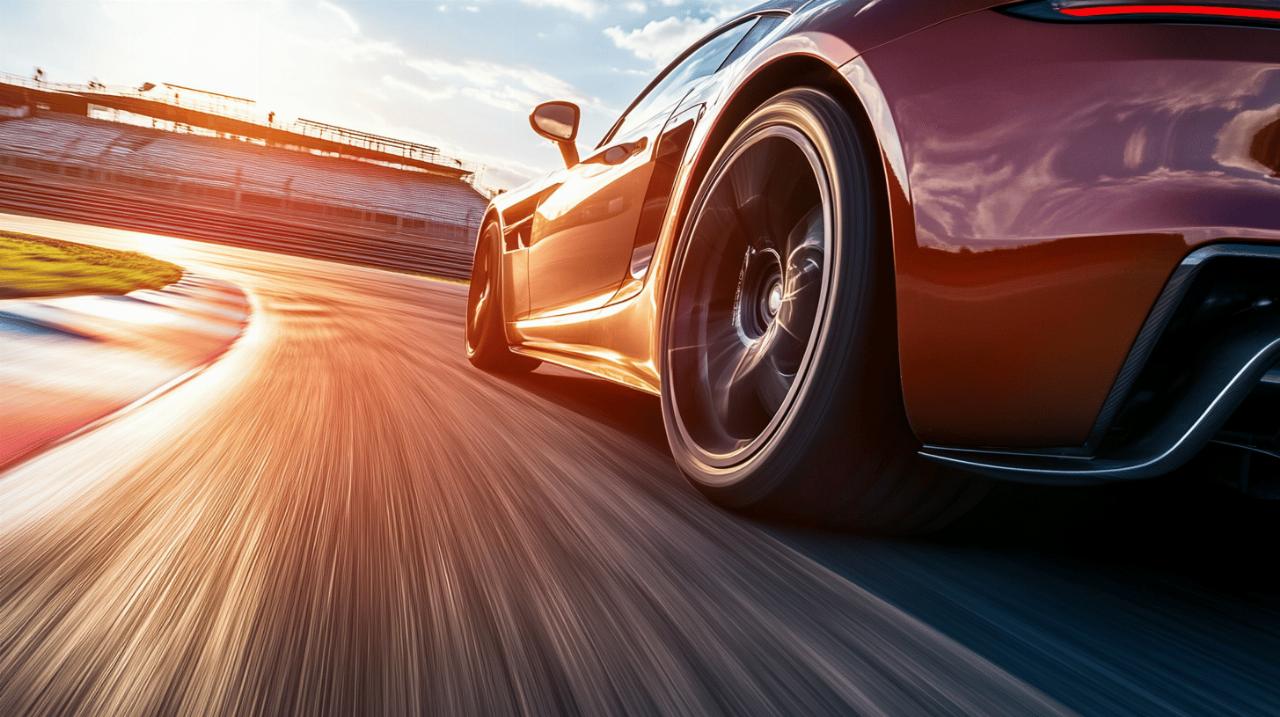When it comes to improving your vehicle's performance and safety, paying attention to crucial suspension components is essential. Stabilizer bar links, though often overlooked, play a vital role in how your car handles curves and uneven roads. This guide explores how to select the best stabilizer links for enhanced driving dynamics and longevity.
Understanding stabilizer bar links
Stabilizer bar links, also known as sway bar links, are integral components that connect the stabilizer bar (or anti-roll bar) to your vehicle's suspension system. These seemingly simple parts perform a critical function: they transfer the force from one side of the suspension to the other during cornering. According to Motor Publish, a trusted automotive resource covering everything from spare parts to vehicle maintenance, properly functioning stabilizer links are essential for maintaining optimal vehicle dynamics and safety on the road.
What are stabilizer bar links and their function
The primary purpose of stabilizer bar links is to reduce body roll when your vehicle navigates corners or travels over uneven road surfaces. A typical car features two stabilizer bars—one at the front and another at the rear—each connected to the suspension through these links. By transferring movement between opposing wheels, they help keep your car level during turns, significantly improving handling characteristics and driver confidence. These components come in various designs including bolt style, hybrid, and ball joint configurations, each offering different performance characteristics.
Signs of worn or damaged stabilizer links
Recognizing when your stabilizer links need replacement is crucial for maintaining optimal vehicle performance. Common indicators include poor handling, especially during cornering, where the car might feel less responsive or exhibit excessive body roll. You might also notice unusual noises such as knocking or clunking sounds when driving over bumps or making turns. These audible warnings typically become more pronounced on rough roads or when navigating speed bumps. While driving with damaged links is technically possible at low speeds under 50 km/h, doing so compromises handling significantly and could lead to unsafe driving conditions, particularly at highway speeds or during emergency maneuvers.
Key factors in selecting quality stabilizer links
 The lifespan of stabilizer links can vary considerably, typically ranging from 50,000 to 150,000 miles depending on driving conditions, road quality, and component quality. When shopping for replacements, several factors should guide your decision to ensure you get the best performance and longevity from your investment.
The lifespan of stabilizer links can vary considerably, typically ranging from 50,000 to 150,000 miles depending on driving conditions, road quality, and component quality. When shopping for replacements, several factors should guide your decision to ensure you get the best performance and longevity from your investment.
Material construction and durability considerations
The material composition of stabilizer links significantly impacts their performance and durability. Pay particular attention to the bushing material, which comes in several varieties: rubber bushings provide comfort but may wear faster; polyurethane offers a balance of performance and longevity; while metal-on-metal connections deliver maximum responsiveness but can transmit more road noise and vibration to the cabin. Premium manufacturers like Mevotech, founded in 1982 in Canada, utilize high-grade materials specifically designed for durability in challenging conditions. Similarly, Japanese manufacturer KYB leverages their extensive suspension expertise to create stabilizer links that integrate seamlessly with their shock absorbers and other suspension components for optimal performance.
OEM versus aftermarket stabilizer link options
When replacing stabilizer links, you'll face the choice between original equipment manufacturer (OEM) components and aftermarket alternatives. OEM parts from companies like ACDelco, a General Motors subsidiary, offer direct replacements designed to the original specifications of your vehicle. Meanwhile, aftermarket options from respected brands such as Moog, which has been producing steering and suspension parts since 1919, often provide enhanced durability and performance improvements over stock components. Other notable manufacturers include Delphi Technologies, which spun off from General Motors in 1999 and employs state-of-the-art engineering; TRW Automotive, now part of the ZF Group and focused on automotive safety systems; and Lemförder, owned by ZF Friedrichshafen AG and renowned for precision engineering. European options include German-based Febi Bilstein, founded in 1844 and known for exacting quality standards, and Belgium's Sidem, which specializes in steering and suspension components with wide vehicle compatibility.
